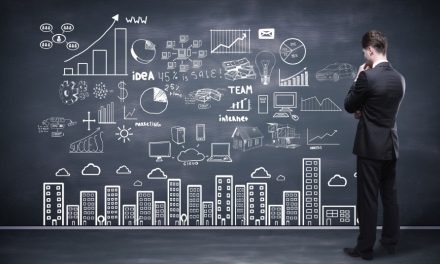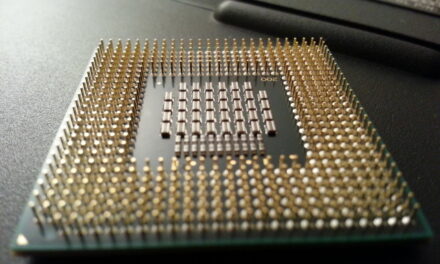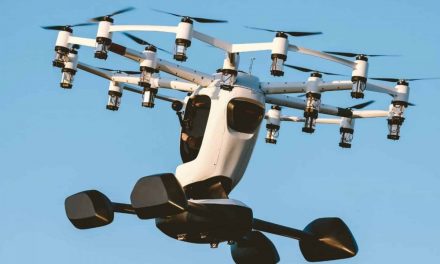Managing change in manufacturing
By Luke Cottis, Senior Director of Global Sales, Manufacturing, Seismic
The manufacturing industry is in the middle of a shift. For the first time, the balance between the physical and digital world is leaning in favour of the latter, and manufacturing companies are embracing transformation and the technologies this brings.
That means a lot of change.
 However, managing change in manufacturing is a challenge during times of relative stability, let alone when a global industrial revolution is going on. As our organisational structures, work locations, tools, and processes evolve to suit the digital age, upskilling and reskilling new and experienced staff becomes a mountain-sized task.
However, managing change in manufacturing is a challenge during times of relative stability, let alone when a global industrial revolution is going on. As our organisational structures, work locations, tools, and processes evolve to suit the digital age, upskilling and reskilling new and experienced staff becomes a mountain-sized task.
So, how can manufacturers climb it?
The challenges of change
Firstly, change is difficult because the status quo is more comfortable. Safer. It is the known versus the unknown. In manufacturing specifically, the status quo is also more productive compared to the transitional period that comes with change. Secondly, there is often too much change at once.
Starting a new job or role is a good example. It means a significant change and usually requires us to become a sponge. Not literally, but there will be a number of new things and processes to get used to in a short amount of time.
Traditionally, this meant spending a lot of time in the office or the factory, shadowing colleagues, seeing the work in context, interacting with the material, and trying to absorb the waterfall of information and impressions our changed environment provided. Still, there was a significant amount of passive learning, and you would often meet and receive advice from many colleagues from different departments during that initial learning period.
But that’s not the status quo anymore.
New opportunities, new challenges
The current instability, brought about by major sociological, technological, political, environmental, structural, and economic changes, has set a challenging stage for manufacturers. But it’s not all bad.
Like most industries, manufacturing is taking advantage of the world’s technological advancements, building smart factories and implementing hybrid and remote working models. However, this also affects how it manages personnel changes.
For manufacturers, it means they need to keep updating their staff on news and product developments, add an additional category of talent to their list, reskill their existing staff, and add even more information to the plates of their new hires.
And crucially, they must find a way to deliver the learning remotely for many of them – if not all.
Learning the modern way
This is the heart of the challenge: managing change in manufacturing is difficult because an overwhelming amount of information is being collected and delivered in outdated ways.
Slide decks, whitepapers, presentations, and recordings are excellent information carriers, but they aren’t sufficient modes of education by themselves. Information needs interaction, repetition, insight, feedback, and context to stick.
To manage change successfully, manufacturers must seek dynamic and interactive ways for their staff’s continuous learning journey. According to the 23/24 State of Enablement report, 77% Agree/Strongly Agree that there is a direct correlation between an increase in personalised training and positive sales rates and performance.
One way to get there is by using enablement tools.
Enablement software
With modern enablement tools, manufacturers can create relevant and personalised coaching and teaching programmes for their new and existing staff, giving them the right resources to learn, improve, and hone their skills.
These sessions should combine interactive teaching and solo learning with interactive elements. They should be short and bite-sized, spread over a longer period of time. They should also provide information with context, and the learning should be based on the data you collect from customers, customer success, sales, and partners.
Manufacturers can also use these tools to create continuous cycles of programs to keep their teams updated on industry development and key product features and manage performance at a departmental level. This is particularly relevant to the manufacturing industry due to its innovative nature and the technical complexity of its products and specifications.
In addition, many enablement tools have started using AI to empower their solutions. AI-driven analytics and forecasting, for example, can provide teams with actionable insights which can inform and optimise how they perform their roles. Using AI in this way lets manufacturers provide contextual learning to their teams far more effectively, letting them hone their most essential skills.
For example, AI-driven learning can let sales staff practice their pitch delivery without the pressure of another person watching and then offer feedback and recommendations on points such as pace, keywords mentioned, filler words used, pauses, and more.
The same goes for customer service reps or any other role seeking to practice their skills and expand their knowledge.
Final thoughts
Change is difficult, regardless of industry. As our status quo remains in flux and the industrial revolution picks up speed, technology innovators are constantly identifying emerging challenges and engineering solutions to match.
AI, in particular, will play a central role in the years to come. And for manufacturers, the success of their change management will depend on their ability to evolve the way they think about – and execute – learning.













